Step right back in time with us to those golden years when dinner was a true family event, complete with its own soundtrack. The 1960s home was alive with distinctive sounds that told you exactly what was happening in the kitchen and when dinner was about to be served. These familiar noises weren’t just background music – they were the heartbeat of family life in suburban America, creating memories that still resonate today.
1. The Rhythmic Whirr of the Electric Mixer
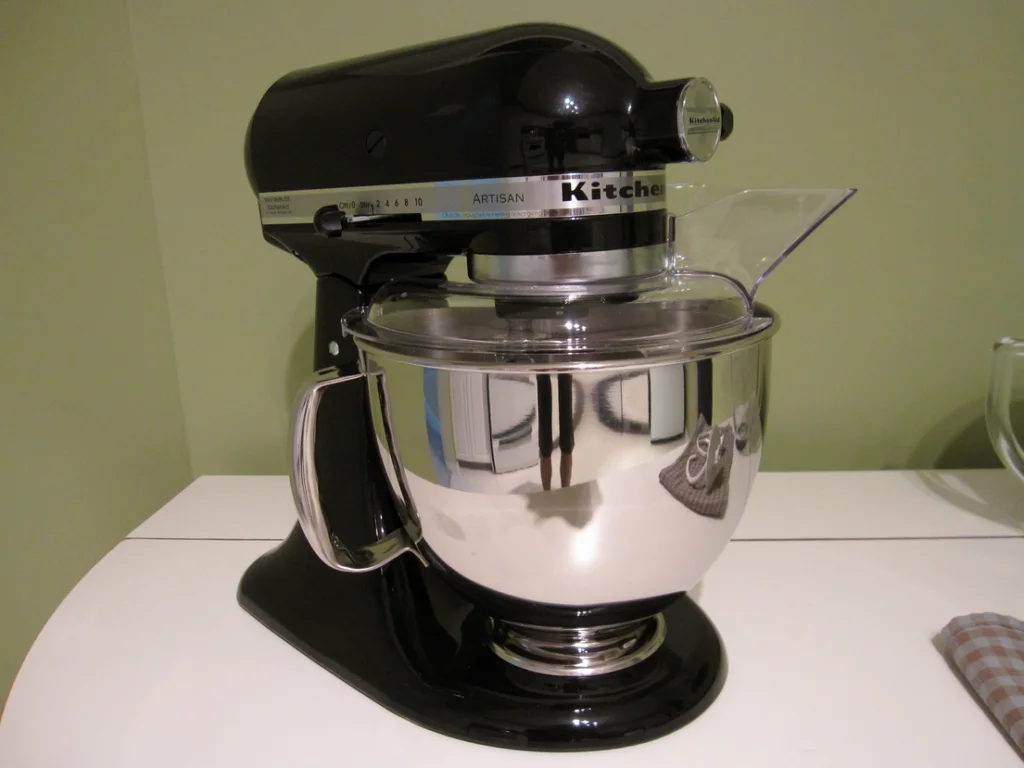
That unmistakable humming sound of Mom’s trusty hand mixer working its magic meant only one thing: homemade mashed potatoes were on the menu. The mixer’s varying speeds created a symphony as she whipped those spuds to fluffy perfection, the metal beaters clinking against the glass bowl. You could practically time your arrival at the dinner table by counting down from when that motor started up. Smithsonian Magazine gives special mention to KitchenAid for leading the charge for this magnificently convenient device.
This mechanical workhorse was more than just a kitchen gadget – it was the herald of special occasions when real buttercream frosting graced a birthday cake or holiday cookies got a proper beating. The mixer’s loyal service year after year made it feel like a member of the family. Even today, nothing quite matches that specific pitch and whirr that reminds us of countless dinners past.
2. The Sizzle of a Skillet on the Stovetop

When you heard that familiar sizzling sound emanating from the kitchen, your mouth would start watering instantly. Whether it was pork chops in a cast-iron pan or hamburger patties getting a proper sear, that crackle and pop was dinner’s advance notice. The aroma that accompanied this sizzle would draw everyone toward the kitchen like moths to a flame. Serious Eats explores important pros and cons to choosing a cast iron skillet for yout kitchen, so important is this decision to chefs everywhere.
The sound would change throughout the cooking process, from an aggressive hiss when the meat first hit the hot pan to a gentler sputtering as dinner neared completion. Dad might be called in to flip steaks at just the right moment, guided by that telltale change in pitch. That stovetop percussion was the soundtrack to countless family meals, week after week.
3. The Ding of the Timer
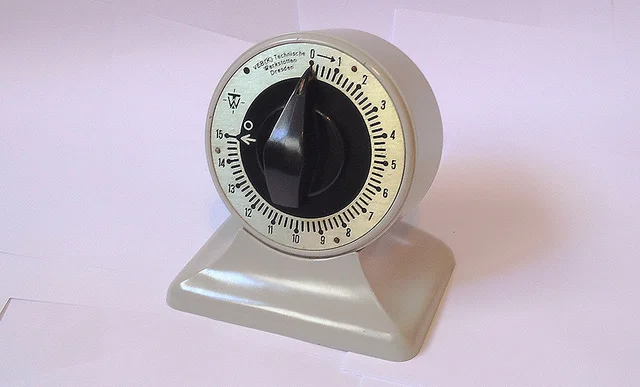
Before digital displays, that mechanical kitchen timer with its loud ding was the ultimate dinner bell. You’d hear mom winding it up, the clicks counting down the minutes until her famous meatloaf or chicken casserole was ready. That final ring would send everyone scrambling to wash up and claim their seats at the table. Epicurious insists on continuing to use not just a kitchen timer in general, but choosing a large one for various handy reasons when cooking.
The timer’s ding was democracy in action – it didn’t discriminate between chocolate chip cookies and vegetables. But we all learned to interpret what that particular ding meant based on the smells in the house and what time of day it was. Sometimes it signaled a quick check on the roast, other times it meant dinner was officially ready to serve.
4. The Clatter of Silverware Setting the Table

When you heard the drawer slide open and the metallic symphony of forks, knives, and spoons being gathered, you knew dinner was imminent. The rhythm of silverware being placed on the table – each piece making its own distinct sound as it touched down – was like a dinner overture. For many families, this sound also meant it was time to help set the table before anyone asked.
The careful placement of utensils wasn’t just about manners; it was a nightly ritual that marked the transition from day to evening. You could always tell when company was coming by the sound of additional place settings being laid out and the good silverware being retrieved from its special drawer. This clinking and clanking was the percussion section of the dinner hour orchestra.
5. The Whistle of the Pressure Cooker
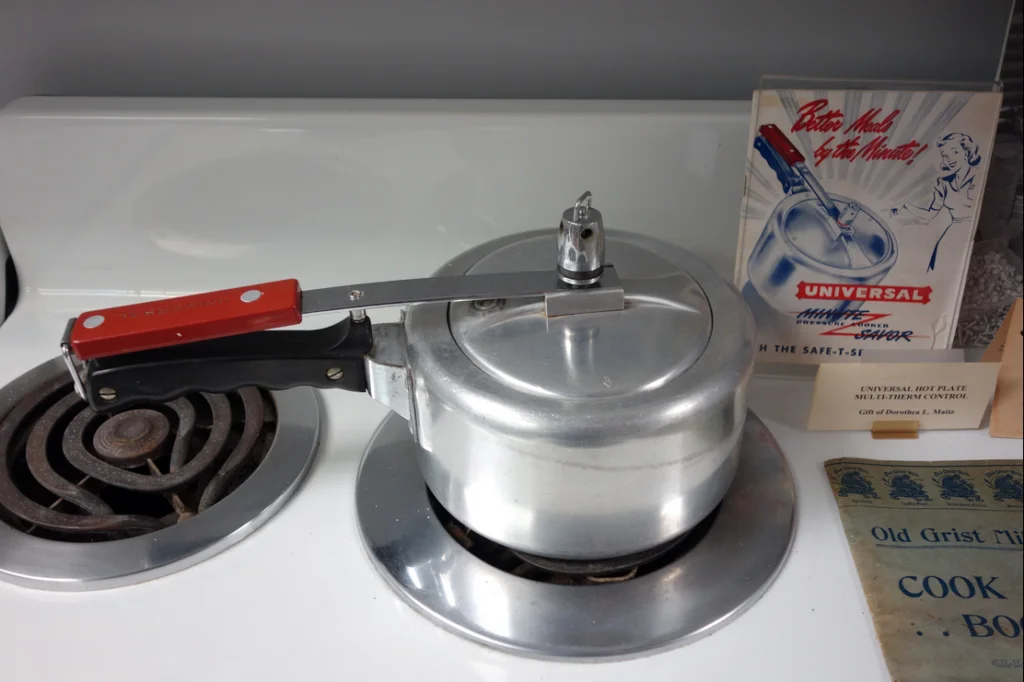
Possibly the most nerve-wracking yet exciting sound in a 1960s kitchen was the high-pitched whistle of the pressure cooker. This space-age contraption promised quick dinners, but its attention-demanding whistle always added a touch of drama to the evening. The hissing steam and regular rocking of the pressure valve created an urgent atmosphere that meant business.
Parents would rush to adjust the heat when that whistle hit its crescendo, while kids learned to associate the sound with tender pot roasts or perfectly cooked beans. The pressure cooker’s performance was a balancing act between efficiency and potential disaster, making dinnertime just a bit more thrilling. When the whistle finally subsided and the pressure released with a satisfying swoosh, you knew something delicious was about to be unveiled.
6. The Bubbling of the Percolator

Though coffee was primarily a morning staple, the gentle bubbling of the percolator signaled the end of dinner for adults ready to settle into evening routine. That distinctive gurgling sound and the sight of coffee rhythmically bouncing into the glass dome top was a sure sign that dessert was on its way. The aromatic steam that filled the kitchen was the perfect finale to the evening meal.
The percolator’s bubbling was a more patient sound than today’s drip machines, building slowly to a crescendo as the water heated and then maintaining a steady rhythm. This process gave everyone time to clear plates and prepare for dessert and conversation. The resulting brew was always piping hot and strong enough to keep the grown-ups chatting long after the younger set had been excused from the table.
7. The Squeal and Click of the Refrigerator Door
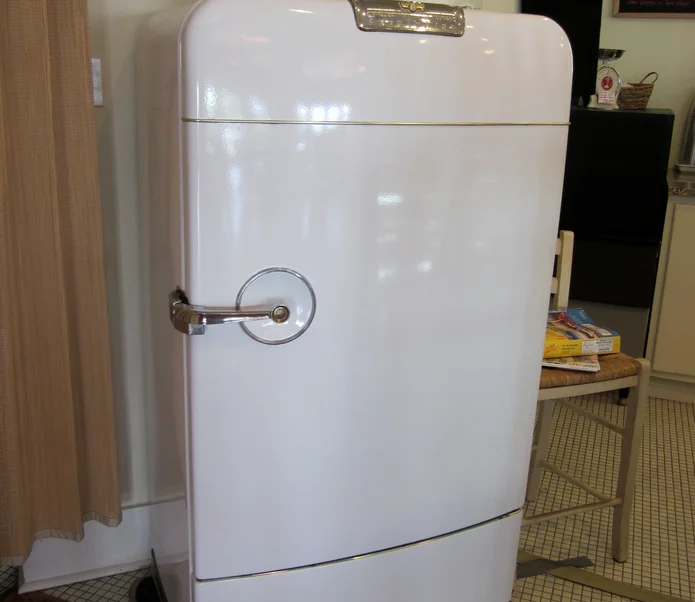
That distinctive squeak as the fridge door opened was often the first sound you’d hear when someone was preparing dinner. The rubbery seal would release with a soft suction pop, followed by the click of glass bottles and metal racks settling back into place. This sound meant someone was gathering ingredients for the evening meal, or perhaps sneaking a pre-dinner peek at what was planned.
The refrigerator’s motor would kick in with a low hum shortly after the door closed, working to restore the interior temperature. In those days before automatic ice makers, you’d also hear the clattering of metal ice cube trays being pulled out and twisted to release their frozen contents. The scrape of the butter dish or the clunk of the milk bottle meant dinner preparations were truly underway.
8. The Rattle of the Wall-Mounted Can Opener
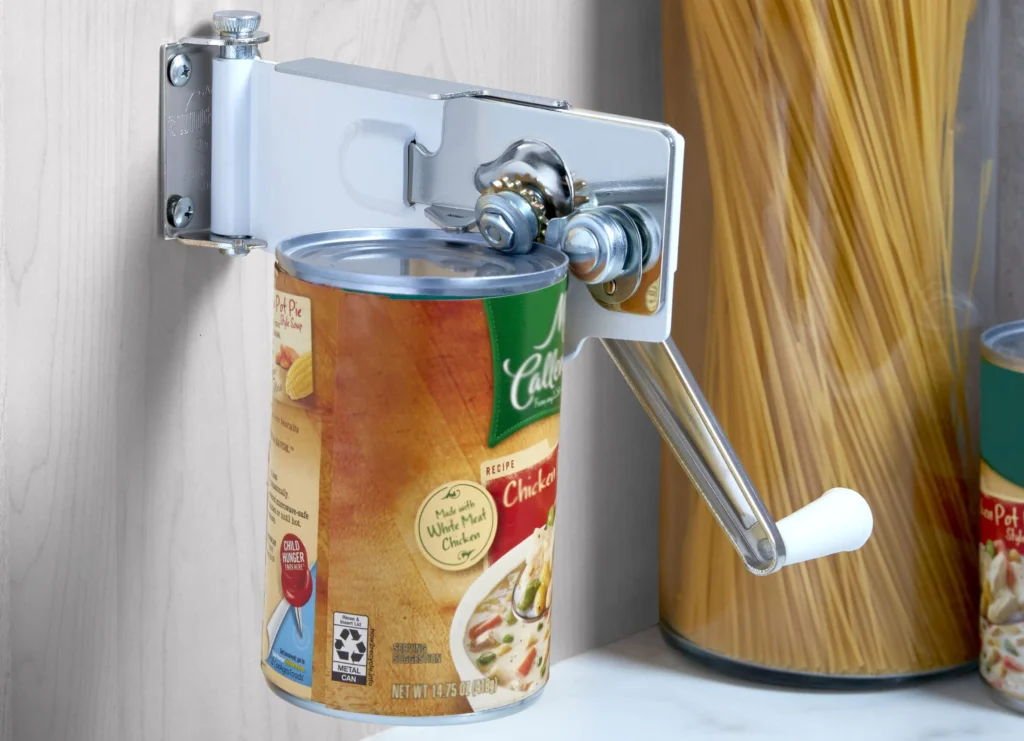
Nothing quite matched the mechanical grinding of the wall-mounted can opener as it bit into another tin of tomato sauce or creamed corn. The handle would click into place with authority, then create a rhythmic clank-clank-clank as it worked its way around the can. This sound was the prelude to countless casseroles and side dishes that graced 1960s dinner tables.
The slight squeal of metal on metal would continue until the lid popped free with a satisfying release of air. You might hear multiple cans being opened in succession – vegetables, soup, maybe some fruit cocktail for dessert – each contributing to the mechanical cacophony of dinner prep. The final clatter of the can lid falling to the counter marked one more step toward getting dinner on the table.
9. The Whine of the Electric Carving Knife

When Sunday roast or holiday turkey was on the menu, the high-pitched whine of the electric carving knife announced that the main course was ready to serve. This modern marvel of the 1960s kitchen would buzz to life with an excited hum that drew everyone to the dining room. The sound grew louder as the blade bit into the meat, creating a distinctive vibration that could be felt throughout the house.
The slight wavering in pitch told you exactly where Dad was in the carving process – through the crispy skin, into the tender meat, and perhaps encountering a bit of resistance at the bone. Between slices, the knife would idle with a lower purr, like a race car waiting at the starting line. This futuristic tool turned carving into a performance, complete with its own distinctive soundtrack.
10. The Soft Swish of the Dishwasher
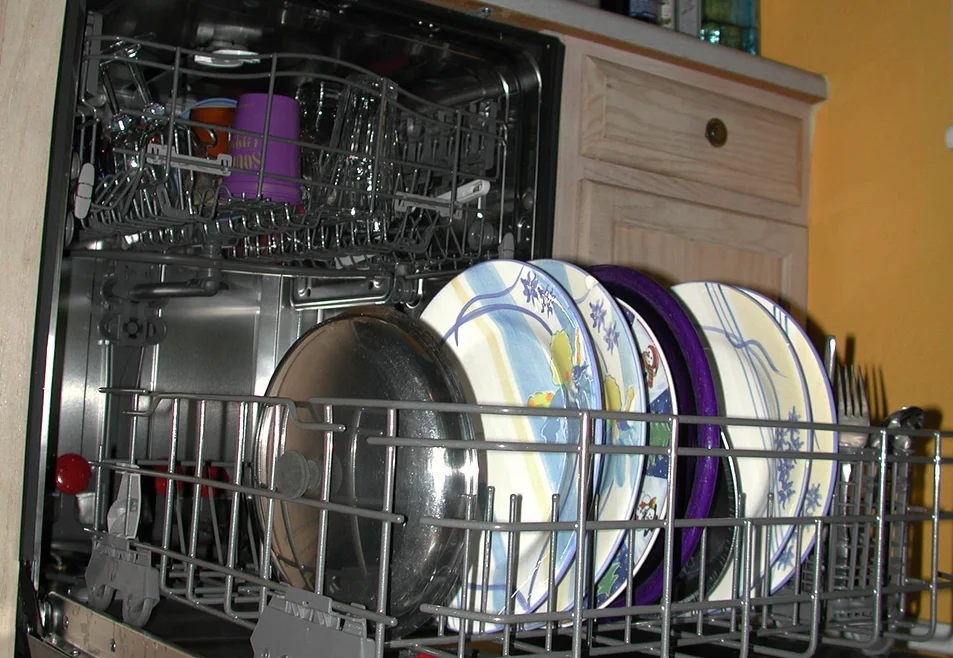
As families finished their meals, the relatively new sound of the dishwasher beginning its cycle marked the official end of dinnertime. The soft swish of water being sprayed inside, combined with the gentle clunking of dishes shifting slightly on the racks, signaled a modern convenience that many households had just begun to enjoy. This background noise replaced the sounds of hand-washing and became the evening’s quiet concert.
The dishwasher’s cycle would continue through various stages, from the initial fill to the wash phases, each with its own distinct sound signature. You might hear a periodic gush of water draining, followed by the hum of heating elements drying the dishes. For many families, this automated helper meant more time spent together after dinner instead of standing at the sink – though some still preferred the meditative quality of washing dishes by hand.
11. The Pop and Fizz of Tab Being Opened

When adults craved something refreshing with dinner but wanted to watch their waistlines, the distinctive double-click pop of a pull-tab can meant someone was opening a Tab. The sharp snap was followed by a gentle fizzing sound as carbonation escaped, filling the air with that unique diet soda aroma. This became the sound of grown-up sophistication for those counting calories in the 1960s.
The glug-glug of Tab being poured over ice created its own music, with the crackling of ice cubes meeting the cold soda. You could always distinguish Tab drinkers by the satisfied “ahh” that followed their first sip, a sound that became part of many dinner conversations. This pink-canned beverage was often treated as a dessert substitute, its metallic aftertaste a compromise many made for the sake of fitting into their favorite outfits.
12. The Scrape of Kitchen Chairs on Linoleum
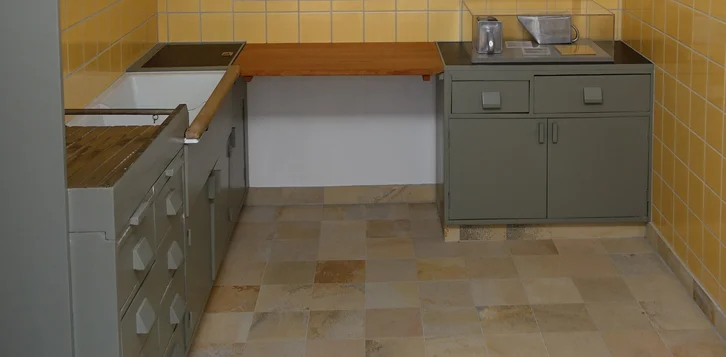
The distinctive sound of chair legs sliding across the kitchen floor was dinner’s opening and closing act. The initial scrape as someone sat down at the table marked the gathering of the family, while the final scrape signaled permission to be excused. That sound varied depending on whether you were on linoleum, wood, or if your family had plastic caps on the chair legs – but it was unmistakable in every household.
Children learned to master the art of minimizing that scraping sound when trying to sneak away from vegetables, while parents had finely tuned ears that could detect any attempt at an early exit. The collective screech of all chairs being pushed back simultaneously meant dinner was officially over, followed by the lighter sounds of dishes being cleared and counters being wiped. This daily choreography of chair movement created a rhythm that anchored every family meal in the 1960s home.
These everyday sounds formed the comforting backdrop of 1960s dinner time, creating an audio tapestry that many of us still hold dear. They weren’t just noises – they were cues that structured our evenings and brought families together around the table. While today’s kitchens may feature different gadgets and generate different sounds, nothing quite compares to these distinctive auditory memories that take us straight back to those simpler times at the family dinner table.


